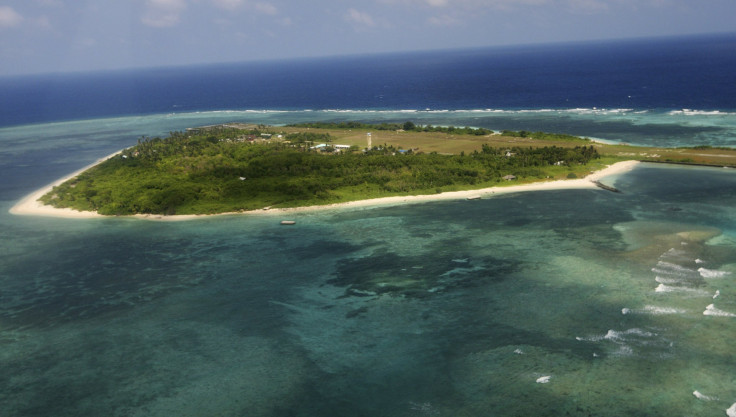South China Sea: Is Marcos Following Duterte's Steps?
Rodrigo Duterte may no longer be the president of the Philippines, but its South China Sea policies — cozying up to the U.S. one day and to China, the next — seem to remain intact.
Last month, the new administration drew a red line in the South China Sea responding to the presence of Chinese fishing vessels building up several unoccupied structures in the South China Sea, threatening the security of the Philippine Pag-asa or Thitu Island.
Manila stepped up military patrols in the area in what appeared to be an effort of the Marcos administration to correct Duterte's South China policy flip-flops, which have encouraged Beijing's efforts to build and colonize unoccupied structures in waters in the two countries that have overlapping claims.
But last week, like Duterte, President Ferdinand Marcos Jr. changed course, visiting China to strengthen ties with Beijing and establish direct communication channels between the two sides on maritime issues.
Manila considers establishing such communication channels "of primary importance to... strengthen the relationship between China and the Philippines," Marcos said in a meeting with top Chinese legislator Li Zhanshu on Wednesday.
Still, Riccardo Cociani, Asia Pacific intelligence analyst at Sibylline, sees Marcos's move as a step in the right direction. First, it could help the two sides avoid over-miscalculation and miscommunication in the South China Sea. Second, it could pave the way for boosting bilateral relations in other areas and build trust between Beijing and Manila.
"Maintaining such open communication channels essentially avoids over-escalation by providing additional steps and mechanisms that would have otherwise intensified competition, escalation and the possible use of force," Cociani told International Business Times.
Nonetheless, Cociani doesn't believe such channels will change future policy conflicts between the two sides in the South China Sea but rather serve as a crisis management mechanism to avoid broader security crises in the disputed waters of the South China Sea. "The communication channel is a crisis-management mechanism rather than an effort to diminish both countries' competition for claiming parts of the South China Sea," he added.
Irina Tsukerman, geopolitical analyst and president of Scarab Rising, Inc., understands the inconsistency of the Philippines' South China Sea policies. She attributes them to the insufficient investment by the U.S. to foster relationships with Asian countries like the Philippines. Thus, forcing them to play a high-stakes bidding game to get more firm commitments from other countries.
"From a military standpoint, the U.S. has yet to succeed in affirmatively drawing red lines on regional security, despite 'pivots to Asia'; it has sent mixed communications on its willingness to provide a direct defense to Taiwan in the event of an attack from China," she told IBT.
She thinks Marcos and other regional leaders are closely watching Washington's policies and acting accordingly. "While the U.S. may be willing to grandstand from a distance, small countries are the ones in the direct line of China's prospective anger," she added. "As a result, they are increasingly reluctant to confront a superpower in exchange for nothing more than promises and reassurances."

© Copyright IBTimes 2025. All rights reserved.






















